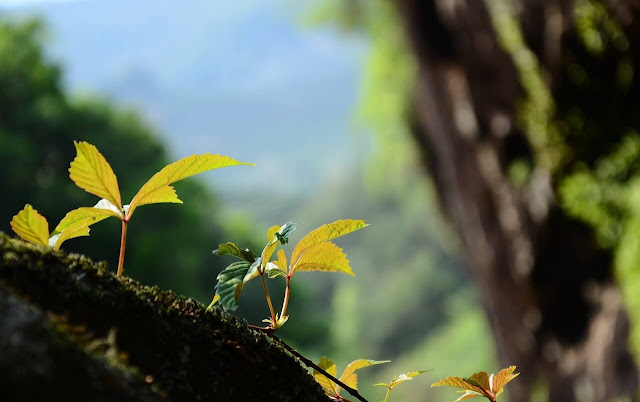How oolong tea is made?
1.日光萎凋 Solar withering Exposing harvested tea leaves to the sunshine accelerates the evaporation of moisture, and acts as a catalyst for oxidation by naturally occurring enzymes in the tea plant. 2. 室内萎凋及搅拌 Indoor oxidation and shaking The leaves are spread on automatic withering racks and shaken up intermittently for uniform exposure and to further deplete moisture during the indoor withering stage, which lasts for 6 to 12 hours. During this step, complex and subtle changes in the natural chemical composition of the leaves create the characteristic aroma and flavor of Oolong Tea . 3.杀菁 Tumble-heating High temperatures are used to halt enzyme activity, including oxidation and biochemical reactions. This step stabilizes the composition of the tea(in terms of aroma and taste, etc.). During tumble-heating, much of the moisture is lost from the tea leaves, and their supple nature becomes evident as the...






